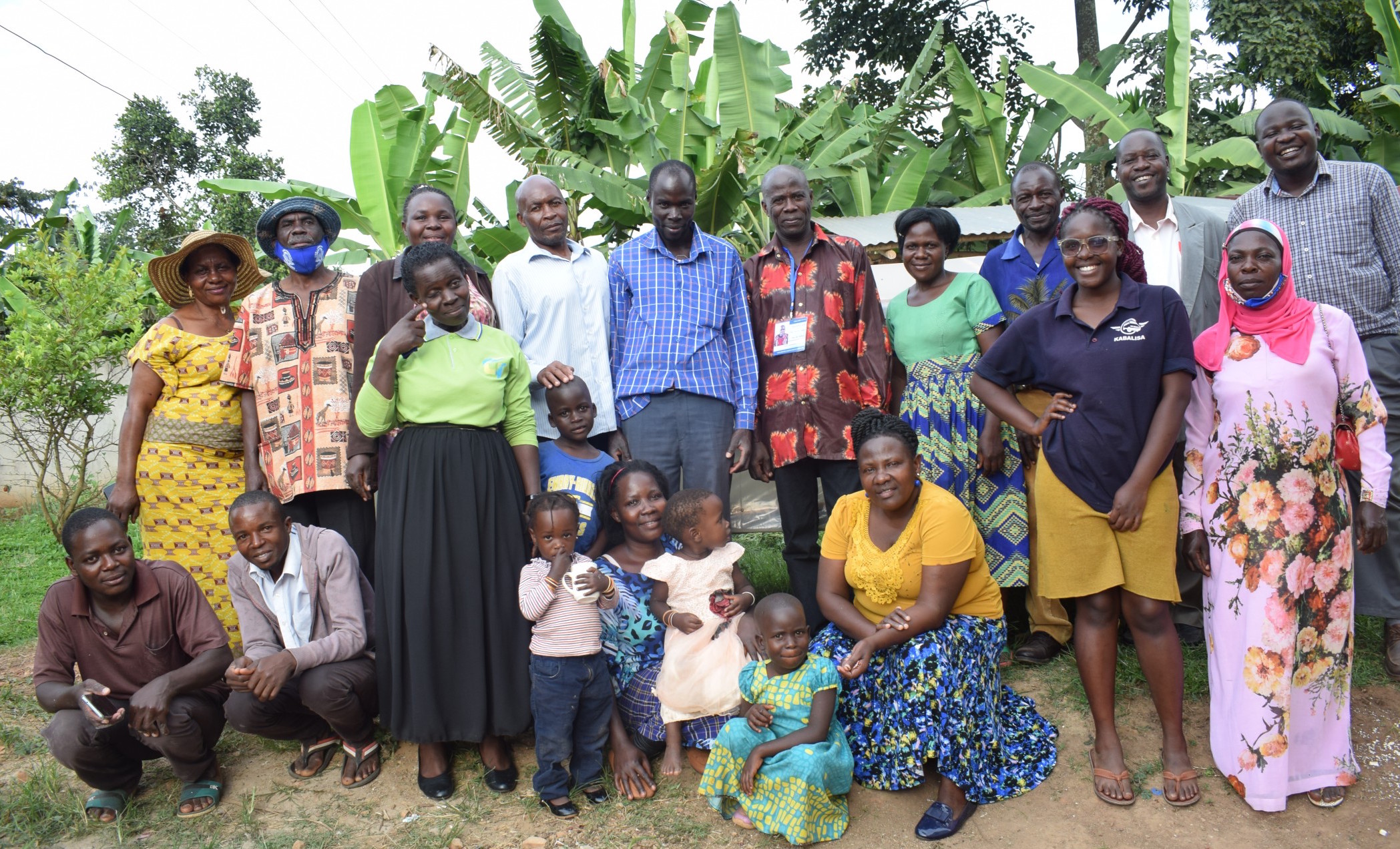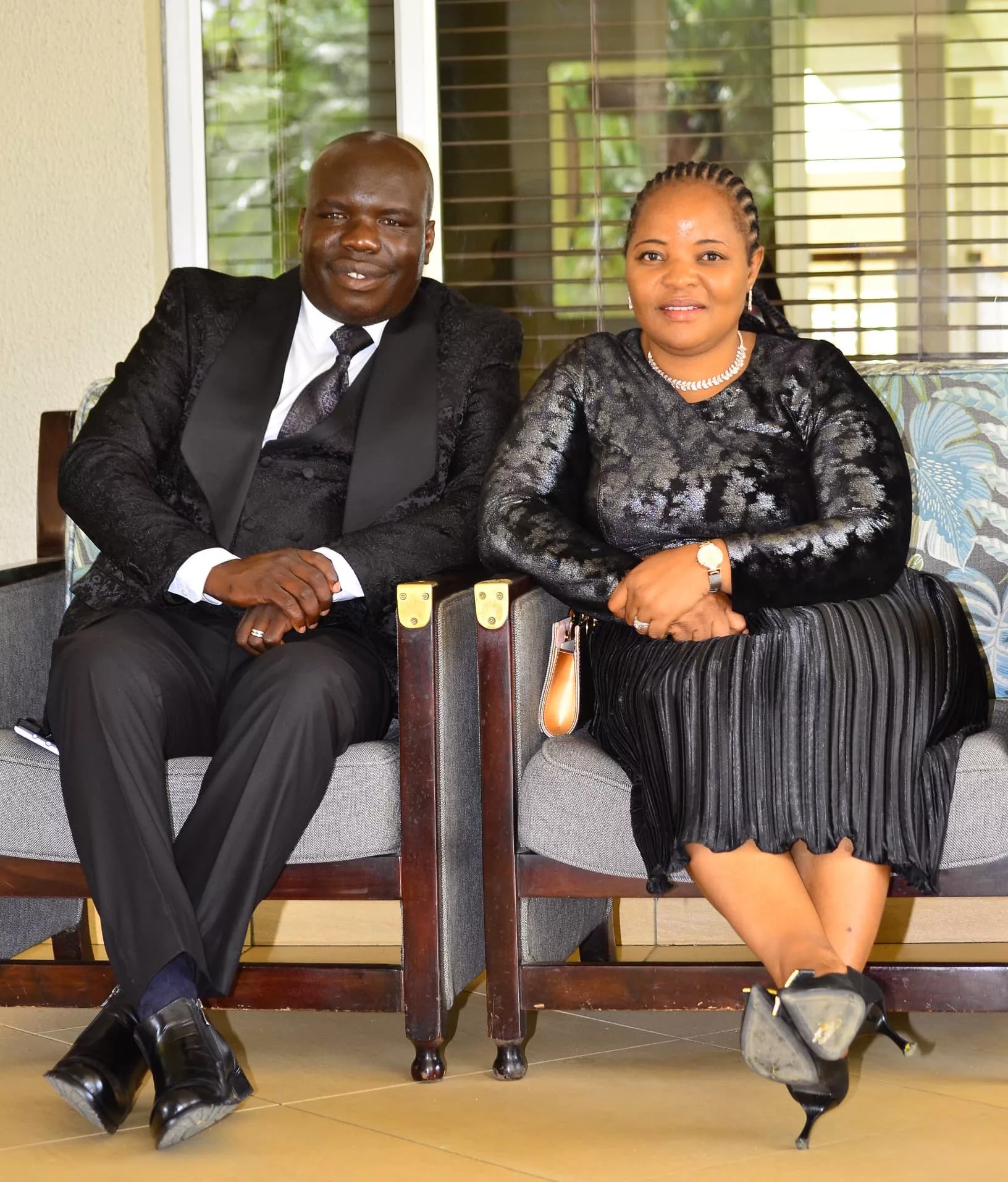|
Getting your Trinity Audio player ready...
|
Dr. Richard Munang
Africa already needs a minimum of $2.5trillion to implement its climate action commitments. Even as COP26 in Glasgow agreed to double the $100 billion pledge to developing countries, this means that even if the pledges were honoured in full, the gap would still be gapping for Africa.
If we were to go with just a few countries example, Ghana needs $9.3 – 15.5billion to implement their Climate action plans between 2020- 2030. Uganda needs $2.9billion for adaptation and $5.4billion mitigation actions, specifically in energy totalling $8.3 billion. The key is that implementation costs are exorbitant & public finance alone is not adequate. Over the years, the total climate financing to Africa has not yet reached $10billion – not even sufficient for just Uganda & Ghana not to talk of the entire continent. This then is to say that the continent urgently needs to look into market financing approaches beyond current international public finance alone.
At the same time, Africa already invests in adaptation at the rate of 2% of GDP each year. The question is how the region can bridge the finance gap using what it already has. Through our work, we support countries to put in place structures to attract market investments – both local & international – and lessons from these countries will be expanded to inform all 54 countries with gaps in this area. The need for practical tools to inform optimal implementation trajectories for countries is now in full swing. For example, article 6 specifies cross-border cooperation in implementing the agreement.
This opens the door for investment cooperation from different partners to drive the implementation of respective countries’ NDCs. Countries will need tools to inform them on the optimal areas of return that these investments should be channelled to. Tools – in the form of investment plans and multi-sectorial policy coordination – to ensure a ready platform to operationalize these critical aspects of the Paris Agreement that the Glasgow pact has now energized are crucial.
This is to say that the region can leverage Article 6 to mobilise market financing to drive key NDCs action in the two most critical sectors to the just transition – agriculture and clean energy – that are already prioritised in over 70% of NDCs. For example, Article 6.2 on Internationally-Transferred Mitigation Outcomes (ITMO) allows countries that are considered the highest emitters to partner with low emitters across the globe – including in Africa – and agree on how their high emissions can be offset through investing in supporting a low emission action within the territories of low emitters. Africa, due to its negligible emissions, is a natural supply market here.
But the key to Africa’s benefit should be on how well such market mechanisms are tied to catalyse the growth of competitive low carbon enterprises on the continent. While typical areas of investment have been in reforestation, Africa should take a strategic stance and prioritise how any collaborations towards reforestation will enhance much needed economic productivity.
Creating jobs for youth, enhancing food security to drive a trajectory of competitive economies is critical. Here, collaboration to invest in clean energy aligned to powering agriculture value addition enterprises will be unlocking up to $48 billion worth of PHLs, as positive financing tied to power a just transition. Africa should look at investing its 2% of GDP contribution to climate action to forging collaborations under Article 6 that unlock such tangible enterprises to implement up to 70% of its NDCs while unlocking key socioeconomic opportunities to drive a just transition.
Some of the money pledged and promised will go to developing countries to restore damaged land. The above opportunities for Africa should inform how this money is utilised to drive the implementation of NDCs. Indirect financing through incentivizing critical constituencies of implementers in Africa is vital. These resources should be used to incentivize a shift to non-typical sources such as micro-finance & cooperatives that are most accessible to most Africans in the informal sector and most vulnerable. Leveraging the informal sector that provides livelihoods for up to 80% of Africans and the youth to invest in enterprise actions that drive the realization of country NDCs is a critical niche to tap. Africa informal sector, as well as the youth, are already engaged in various actions.
In addition to looking at new sources of investment, we need to look at catalyzing a shift of investments by these actors who are the majority players in Africa’s economies. This is how the finance gap in Africa can be close as we supercharge and turbocharge the informal sector to become socio-economically viable. This will be when climate action financing will matter to the most vulnerable to the continent and elsewhere.






